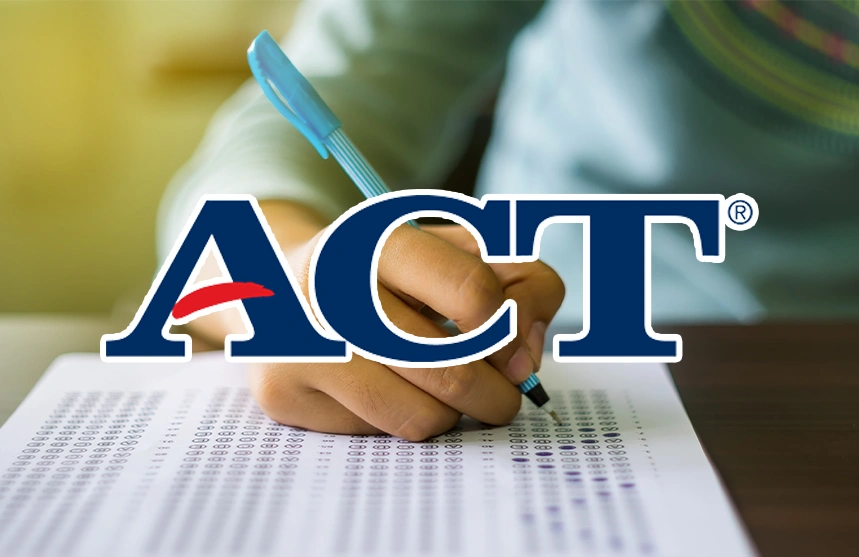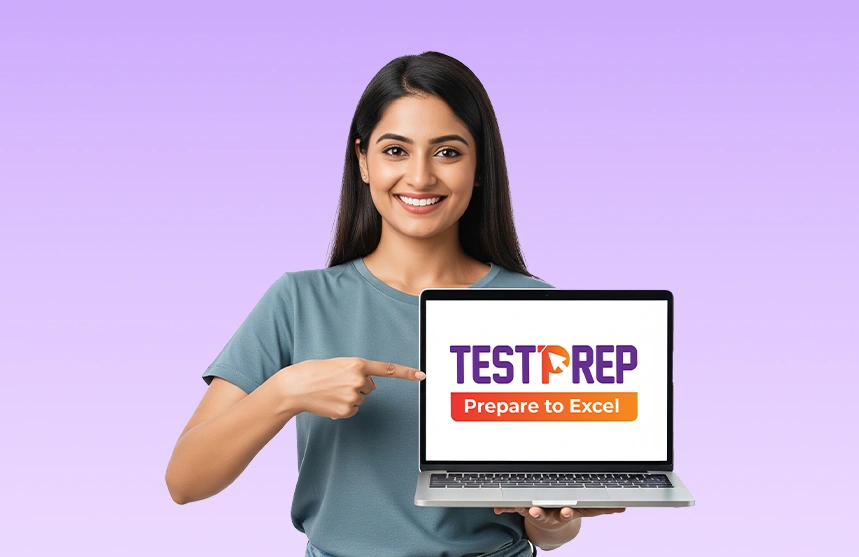GMAT Preparation Guide for Indian Students: Your Step-by-Step Roadmap to Success
Crack the GMAT Exam in 2025: Everything You Need to Know to Succeed

You’re not just preparing for a test. You’re preparing for your future. The GMAT Exam is more than a number, it’s a gateway to elite business schools, competitive scholarships, and a career that commands global recognition. But with so much at stake, how do you prepare smartly, stand out from the crowd, and secure your spot at a top B-school?
Let’s simplify the GMAT Journey, breaking down what really matters and how you can give yourself a competitive edge.
What Is the GMAT and Why Is It So Important in 2025?
The Graduate Management Admission Test (GMAT) is a standardised exam used by over 2,400 universities and 7,700 programmes worldwide. It assesses analytical writing, problem-solving, data interpretation, and critical reasoning skills; core strengths needed for success in business education and beyond.
In 2025, the GMAT has become a benchmark for B-school readiness, not just in the US, UK, Canada, or Australia, but across Europe, Asia, and the Middle East. Whether you’re targeting an MBA, a Master’s in Finance, or a business analytics course, the GMAT score is likely to be on the checklist.
And yes, top scholarships, fellowships, and merit-based admissions often begin with a strong GMAT score.
GMAT Focus Edition: What’s New in 2025
In a bid to align with the evolving MBA landscape, the GMAT Focus Edition has replaced the traditional GMAT format. Here’s what’s different:
| Section | Duration | No. of Questions | Focus Area |
|---|---|---|---|
| Quantitative Reasoning | 45 mins | 21 | Data analysis, problem-solving |
| Verbal Reasoning | 45 mins | 23 | Reading comprehension, critical reasoning |
| Data Insights | 45 mins | 20 | Data interpretation, logical reasoning |
| Total Exam Time | 135 mins |
- No AWA (Analytical Writing Assessment)
- No Sentence Correction questions
- Shorter, more focused format
- Score range: 205–805 (in 10-point intervals)
The Focus Edition enables section order selection, question review, and answer changing. It reflects real-world problem-solving scenarios, especially for tech-savvy and analytical minds.
Breakdown of Each GMAT Section (Focus Edition)
Quantitative Reasoning
Focuses on problem-solving and data sufficiency. Common challenges include:
- Wordy questions
- Misleading figures
- Multi-step logical calculations
Pro tip: Practice mental estimation and question triage. Learn when not to calculate.
Verbal Reasoning
Evaluates reading comprehension and critical reasoning. This section tests your ability to:
- Evaluate arguments
- Spot assumptions
- Summarise paragraphs
Pro tip: Learn the difference between inference vs conclusion vs assumption.
Data Insights
New in 2025, this section is the game-changer. It involves:
- Table and graph analysis
- Logic puzzles
- Multi-source reasoning
Pro tip: Use scratchpad to map data relationships quickly. Familiarity with basic Excel-type logic helps.
Who Should Take the GMAT Exam?
- MBA aspirants targeting top B-schools
- Students applying for MIM, MSc Finance, Business Analytics
- Professionals switching to consulting, banking, or entrepreneurship
- Candidates aiming for scholarships or assistantships in business programmes
If you want to apply with Test Prep Mentorship Offers and Scholarships, you’ll likely need a GMAT score between 650–750+ for highly ranked institutions.
Ideal GMAT Study Timeline: From Diagnostic to Decision
In the first month, focus on laying a strong foundation. Start with a diagnostic test to understand your baseline score and use that insight to choose a preparation plan, whether it’s self-study or guided coaching. Begin working on the core concepts, covering the basics of both Quantitative and Verbal sections.
Month two should be all about concept mastery. Commit to daily practice, aiming for around 50 questions a day across different topics. This is also the right time to begin preparing for the Data Insights section. During this phase, take at least two full-length mock tests and review them thoroughly to understand where you stand.
The third month is where testing and fine-tuning take centre stage. Engage in section-wise timed drills to build exam stamina and accuracy under pressure. Attempt at least four mock tests and use detailed analytics, such as error logs and performance tracking to revise and target specific weaknesses.
If needed, the fourth month can be used to prepare for retakes and focus on the analytical writing assessment (AWA) and essays. At this stage, concentrate on fine-tuning your weakest areas and evaluate your final score strategy to ensure you’re confident and ready for the test day.
What’s a Good GMAT Score in 2025?
| Score Range | Percentile |
|---|---|
| 760+ | Top 1% |
| 700–750 | Top 10% |
| 650–690 | Top 20% |
| Below 600 | <30% |
Even if a school is test-optional, a high GMAT gives you an edge in interviews, visa documents, and scholarship evaluations.
What High GMAT Scorers Do Differently
- Focus on Accuracy First, Speed Later
- Use Error Logs to build a revision playbook
- Simulate Real Test Conditions weekly
- Prioritise High-Weight Topics (e.g., CR Assumptions, DI charts)
- Learn to Skip questions that consume time without benefit
What If You Score Is 580? Or 620? Strategic Decisions Post-GMAT
- 580–610: Consider retake. Identify section-wise breakdown.
- 620–640: Apply to tier-2 schools, improve essays and work experience.
- 650–670: Push with LOR/SOP + use College Shortlisting smartly
- 700+: Target top-30 global B-schools + explore scholarships
MetaApply IE offers Career Counselling to help you match your score to the best-fit global options.
Common Mistakes During GMAT Prep (and How to Avoid Them)
One of the most common pitfalls during GMAT preparation is blindly relying on outdated prep books. These may not reflect the latest exam format or question types, especially with the introduction of the new Data Insights section. Speaking of which, many test-takers make the mistake of ignoring this crucial section altogether, only to realise its weightage too late in the prep journey. Another misstep is focusing on rote memorisation rather than truly understanding underlying concepts, this approach often backfires in adaptive testing. Additionally, delaying mock tests until the end of the preparation period can severely limit your ability to adapt your strategy and pacing. Finally, not analysing errors after practice sessions or mock exams leads to repeated mistakes and missed opportunities for improvement. Avoiding these traps can significantly elevate your prep efficiency and boost your GMAT score.
Conclusion: Your GMAT Is Just the Beginning
Preparing for the GMAT is only the first step in a much larger study abroad journey. Once the exam is done, the real timeline begins, shortlisting the right colleges, crafting compelling applications with essays, SOPs, and LORs, navigating complex visa processes (especially for destinations like the US, Canada, and the UK), arranging finances through bank loans or tuition plans, and planning stays and accommodation. Even cultural preparedness through pre-departure orientation plays a crucial role. At MetaApply IE, we offer comprehensive, end-to-end support across all these stages. A strong GMAT score can unlock university-based scholarships, external fellowships, assistantships, and even application fee waivers, our team helps you align these opportunities with your personalised study abroad plan. Plus, with our Experience Centres simulating real GMAT conditions, you train under actual test-like scenarios, improving your time management, stress control, and navigation skills. The GMAT is no longer just a test, it’s a strategic launchpad, especially with the new 2025 Focus Edition reshaping the landscape. With expert-led coaching, exclusive Test Prep Mentorship Offers, and full application-to-visa guidance, MetaApply IE ensures your GMAT score becomes the foundation of a global success story.
Frequently Asked Questions
The GMAT Focus Edition is a shorter, updated version of the GMAT exam in 2025. It removes AWA, adds a Data Insights section, and allows answer review.
A GMAT score of 700+ is ideal for top global MBA programmes. Scores above 760 place you in the top 1% of test-takers worldwide.
Yes, a strong GMAT score improves eligibility for university scholarships, fellowships, and tuition waivers, especially with expert guidance from MetaApply IE.


















































